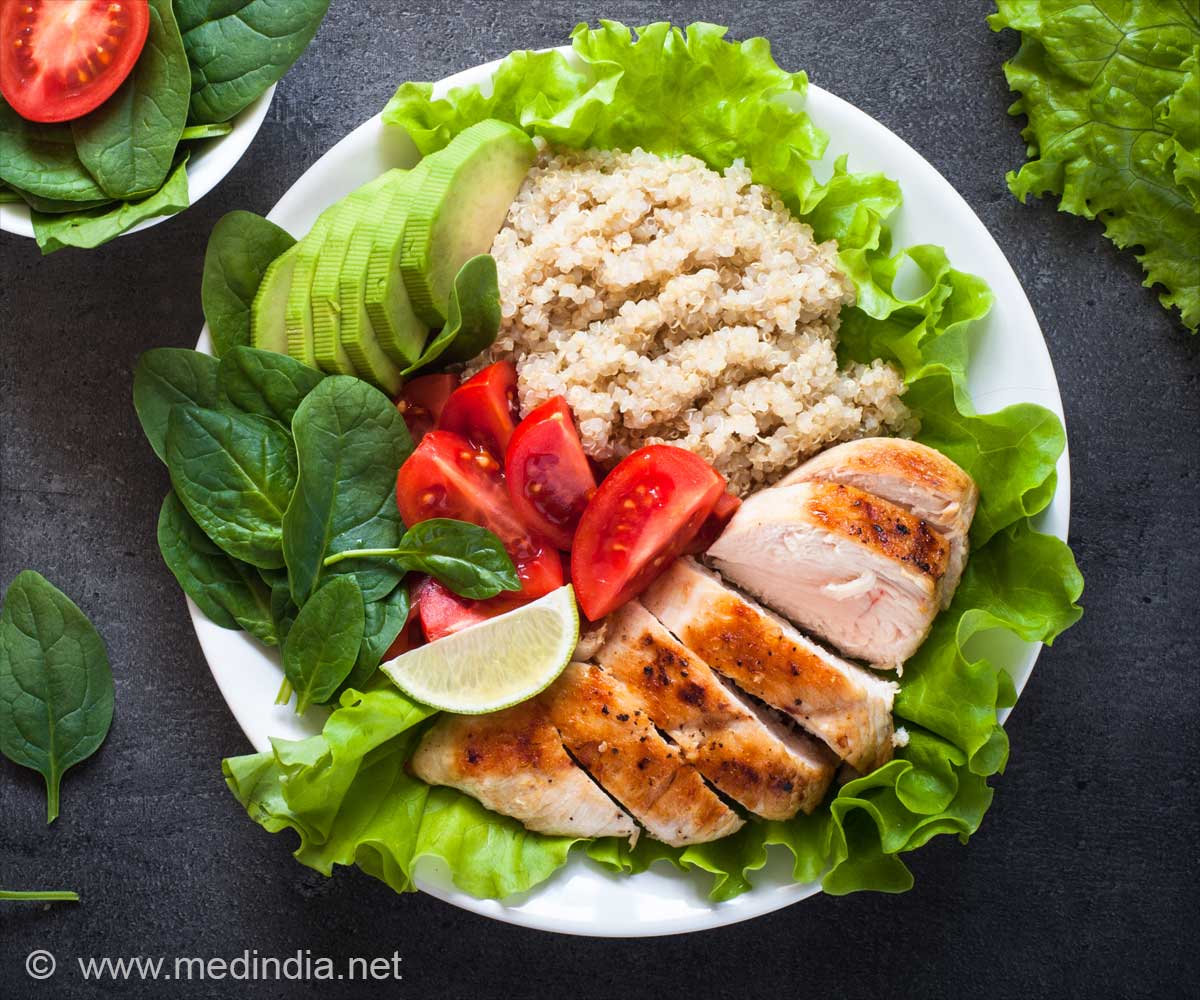
- Balanced nutrition provides energy and supports mental health and immunity
- Macronutrients and micronutrients are crucial for overall health, aiding digestion, tissue repair, and immune function
- A balanced plate should consist of two-thirds plant-based foods and one-third proteins for optimal nutrient intake
Being healthy is all about having proper nutrition, which directly impacts emotional stability and mental and physical well-being. A plate filled with balanced food gives all the nutrients required by the body (1✔ ✔Trusted Source
Smart Plating: How to dress your plate for each meal to stay fit and young
).
Advertisement
Healthy Eating for Energy and Mental Wellness
Our body needs energy to perform all the biological and physical functions. Our food helps our bodies produce energy, and improve cognitive function, and mental stability. It also boosts our immune system to fight against foreign particles and quick recovery.
There are many food groups included in a balanced diet that meet the nutritional requirements. Proteins create and repair tissues and healthy fats support brain function. Fruits, vegetables, and whole grains, rich in fiber, provide energy to our body
.
Fruits and vegetables are important sources of vitamins and minerals required for many bodily functions. Generally, one-half of vegetables, one-quarter of carbs, and one-quarter of proteins make up a balanced plate for our diet. This composition is best to achieve the nutritional balance.
Advertisement
Macronutrients and Micronutrients for Better Health
A balanced diet is built with macronutrients and micronutrients. Together, they provide our body with all health benefits. Macronutrients and micronutrients required for our body are:
- Carbohydrates: An important source of energy that makes up around 60% of our diet. They provide the daily energy needed by our bodies. Whole grains like quinoa, brown rice, and oats are rich in fiber. They improve digestion and control blood sugar levels.
- Proteins: A quarter of our plate should consist of protein as it is necessary for tissue growth and repair. They are essential for the synthesis of enzymes, active immune systems, and building muscles. Lean meats, poultry, fish, eggs, beans, and nuts are some of the good sources of proteins.
- Fat: Monosaturated and polyunsaturated fats are the good fats required by our body for hormone production, cell health, and brain function. It is necessary to consume essential fatty acids in moderation. Avocados, almonds, seeds, and olive oil are good sources of healthy fats.
- Water: Being hydrated is essential for good health as it helps with temperature regulation, nutrient delivery, and digestion.
- Vitamins and Minerals: They are the micronutrients required in small amounts for our body. They promote bone health, immunological response, and fight against chronic illness. Fruits and vegetables that make up half of our plate are great sources of micronutrients.
Advertisement
Building a Balanced Plate: The Key to Healthy Eating
To create a balanced diet plate, it is important to divide it into different portions.
- Half of our plate should be filled with vegetables and fruits. A minimum of two vegetables and one fruit must be included.
- One-quarter of our plate must contain whole grains that provide fiber and energy.
- Another quarter of our plate should contain proteins. It can be plant-based, animal-based, or both.
- A small amount of healthy oils like canola and olive can be used in dressing and cooking.
Let us make sure that our meal plate consists of two-thirds or more plant-based foods and one-third or less animal protein to have a balanced diet.
Reference:
- Smart Plating: How to dress your plate for each meal to stay fit and young – (https://timesofindia.indiatimes.com/life-style/health-fitness/diet/smart-plating-how-to-dress-your-plate-for-each-meal-to-stay-fit-and-young/articleshow/112285002.cms)
Source-Medindia



